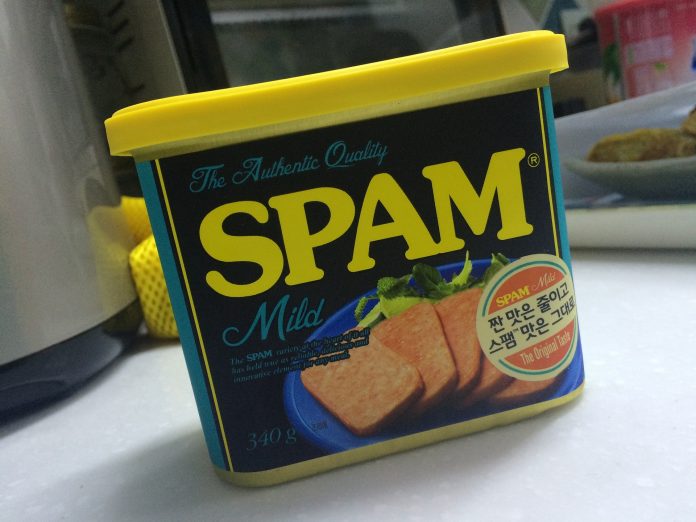To avoid triggering spam filters and improve the deliverability of your email marketing messages, it is important to be mindful of the language and content you use. While there is no definitive list of spam phrases, as spam filters use various criteria to determine the legitimacy of an email, here are some best practices to help you avoid common spam triggers:
- Avoid excessive use of exclamation marks: Using too many exclamation marks in your subject line or email content can trigger spam filters. Use them sparingly and only when necessary.
- Personalize your emails: Personalization can help make your emails more relevant and less likely to be flagged as spam. Address recipients by name and tailor the content to their specific interests or preferences.
- Use clear and concise subject lines: Avoid deceptive or misleading subject lines that could be seen as spammy. Clearly communicate the purpose and content of your email in a concise manner.
- Don’t use all caps: Writing in all capital letters can be interpreted as shouting and may trigger spam filters. Use proper capitalization and avoid excessive use of uppercase letters.
- Avoid misleading or deceptive content: Be transparent and honest in your emails. Avoid misleading claims, deceptive offers, or false urgency that can make your email appear spammy.
- Balance image and text ratio: Emails that are predominantly image-based can raise red flags. Ensure that your email contains a good balance of text and images. Include alt text for images to provide context when images are not displayed.
- Be cautious with sales and promotional language: While it’s natural to promote products or services, be mindful of using excessive salesy language, exaggerated claims, or phrases commonly associated with spam emails.
- Check spelling and grammar: Poor spelling and grammar can make your emails look unprofessional and raise suspicions. Proofread your emails thoroughly before sending them.
- Test your emails: Use email testing tools or services to check your emails for potential spam issues before sending them to your subscribers. These tools can provide insights into spam score, deliverability, and potential improvements.
- Build a quality subscriber list: Focus on growing a permission-based email list with engaged subscribers who have willingly opted in to receive your emails. Avoid purchasing or using outdated or low-quality email lists.
Remember that spam filters are complex and take multiple factors into account. Following these guidelines can help reduce the likelihood of triggering spam filters, but it does not guarantee that your emails will always bypass them.
Regularly monitor your email deliverability metrics and adjust your email strategies based on the feedback and performance data you receive.


